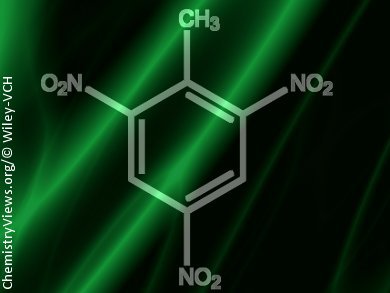Researchers at the University of Malaga, Spain, explain how detection of even trace residues of explosives is critical in forensic science and the prevention of terrorism. They point out that laser-induced breakdown spectroscopy (LIBS) is a powerful technique for detecting highly energetic compounds. Unfortunately, the spectral lines overlap significantly with non-explosive compounds of similar elemental composition and so false positives and false negatives can be common.
Javier Laserna and colleagues have now turned to an alternative chemometric method that allows them to disentangle the spectra of organic compounds containing carbon and nitrogen and to discern which of the traces are due to explosive materials. The team has used so-called supervised learning methods (SLM) which allows them to “train” the statistical analysis based on verified data and so home in on the characteristic signals of explosives and preclude those of non-hazardous organic residues.
- New Chemometrics in Laser-Induced Breakdown Spectroscopy for Recognizing Explosives Residues,
Javier Moros, Jorge Serrano, Carlos Sánchez, Jorge Macias, J. J. Laserna,
J. Analyt. Atom. Spectrosc. 2012.
DOI: 10.1039/C2JA30230F




